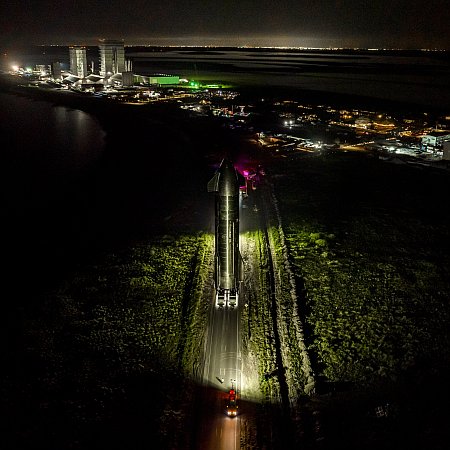Lunar Reconnaissance Orbiter spots Hakuto-R1 impact debris on Moon

Click for original blink image.
NASA’s Lunar Reconnaissance Orbiter (LRO), scientists have spotted what they think is the impact debris produced when Ispace’s private lunar lander Hakuto-R1 crashed on the Moon on April 25, 2023.
To the right are two LRO images, the first at the top taken prior to Hakuto-R1’s landing attempt. The second at the bottom was acquired by LRO on April 26, 2023, the day after that attempt. The lettered arrows indicate four spots where the scientists identified changes between the two pictures. From the caption:
Arrow A points to a prominent surface change with higher reflectance in the upper left and lower reflectance in the lower right (opposite of nearby surface rocks along the right side of the frame). Arrows B-D point to other changes around the impact site.
According to the LRO science team, these changes suggest different pieces of debris, though it will take more analysis and more images under different lighting conditions to determine more precisely what they have found.
The presence however of four pieces strongly suggests that Hakuto-R1 hit the ground hard enough to break apart. Based on the initial data received during landing, it was thought the spacecraft had touched down softly but then was damaged by some unforeseen obstacle on the ground, such as a large boulder. The LRO image suggests instead that it did not touch down softly at all.

Click for original blink image.
NASA’s Lunar Reconnaissance Orbiter (LRO), scientists have spotted what they think is the impact debris produced when Ispace’s private lunar lander Hakuto-R1 crashed on the Moon on April 25, 2023.
To the right are two LRO images, the first at the top taken prior to Hakuto-R1’s landing attempt. The second at the bottom was acquired by LRO on April 26, 2023, the day after that attempt. The lettered arrows indicate four spots where the scientists identified changes between the two pictures. From the caption:
Arrow A points to a prominent surface change with higher reflectance in the upper left and lower reflectance in the lower right (opposite of nearby surface rocks along the right side of the frame). Arrows B-D point to other changes around the impact site.
According to the LRO science team, these changes suggest different pieces of debris, though it will take more analysis and more images under different lighting conditions to determine more precisely what they have found.
The presence however of four pieces strongly suggests that Hakuto-R1 hit the ground hard enough to break apart. Based on the initial data received during landing, it was thought the spacecraft had touched down softly but then was damaged by some unforeseen obstacle on the ground, such as a large boulder. The LRO image suggests instead that it did not touch down softly at all.












